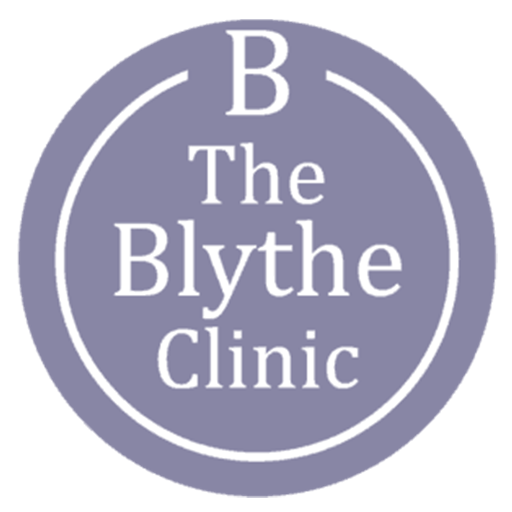Is fat freezing safe?
Yes. Fat freezing (also called cryolipolysis) was FDA-approved in 2010, and recommended as a fat loss treatment by the NCBI following a safety and efficacy study carried out in 2015.
We will always complete a patch safety test on a small area before beginning any treatment.
The safety test will check the effect of cryolipolysis on the subcutaneous fat cells in the treatment area, and how the outer layer of your skin reacts to intense cold.
Does fat freezing hurt?
No. Fat freezing is non-invasive and non-surgical so you won’t feel any pain.
As the suction begins, you will experience a gripping sensation which can feel a little peculiar at first.
Then, as the area cools you will begin to feel the intense cold in the immediate area. You’ll feel a cooling sensation, but it doesn’t feel as cold as you might think.
Am I suitable for fat freezing?
It’s ideally suited to those with soft, squeezable pockets of fat that aren’t being reached by diet and regular exercise.
Fat freezing is also a great way to kick-start a healthier lifestyle because it shifts areas of excess fat that can make you feel sluggish and unmotivated.
Provided your liver and kidneys are healthy, and you have no diseases of the immune system, the procedure will be suitable for you.
Where does the fat go?
After the fat cells are destroyed, they are naturally removed over the following weeks by the body’s waste processing plant – the lymphatic system and the liver.
How long does fat freezing take to work?
The results will be noticeable around 5 weeks after treatment. You’ll see the full benefits within 12 weeks.
How long do the results last?
Fat freezing gets rid of fat cells permanently.
However, the results depend on your lifestyle. It is always possible to `out-eat’ fat freezing treatment. Provided you maintain a healthy diet and exercise regularly, the benefits will be permanent.
As we grow older, we gain more fat cells. Effectively, fat freezing winds back the clock. It’s like going back in time 5 or even 10 years.
Are the results permanent?
Unlike dieting, which simply shrinks fat cells, fat freezing gets rid of them for good.
Provided you maintain a healthy active lifestyle, the results will be permanent.
What should I do after treatment?
Fat freezing is entirely non-surgical, so you can get on with your life immediately after treatment.
Make sure that you drink plenty of water – at least 2 litres per day – and avoid too much caffeine and alcohol.
How many treatments will I need?
The results vary from person to person because they’re dependent on age, exercise and diet. For most people, the benefits can be seen after just one treatment.
Generally, you can expect to lose around 20% of body fat in the targeted area after one treatment.
Most people start to see the difference after 3 weeks, with the full effects noticeable after around 5 weeks.
Can fat freezing reduce cellulite?
It can certainly help. Cellulite is caused by the tight cords which connect your skin to the underlying muscle. The cords pull downwards, and the layer of fat beneath them pushes upwards, causing a dimpled appearance.
Fat freezing targets the subcutaneous fat cells — those beneath the skin, but above the underlying muscle. By reducing the fat cells in this space, the cords have less tension so the skin looks smoother.
How much does fat freezing cost?
Prices are based on the number of areas being treated. The price for one area is £225. For two areas, it’s £275. For the full list of prices, see my prices page.
Bear in mind that for arms or thighs, this would be counted as two areas each.
